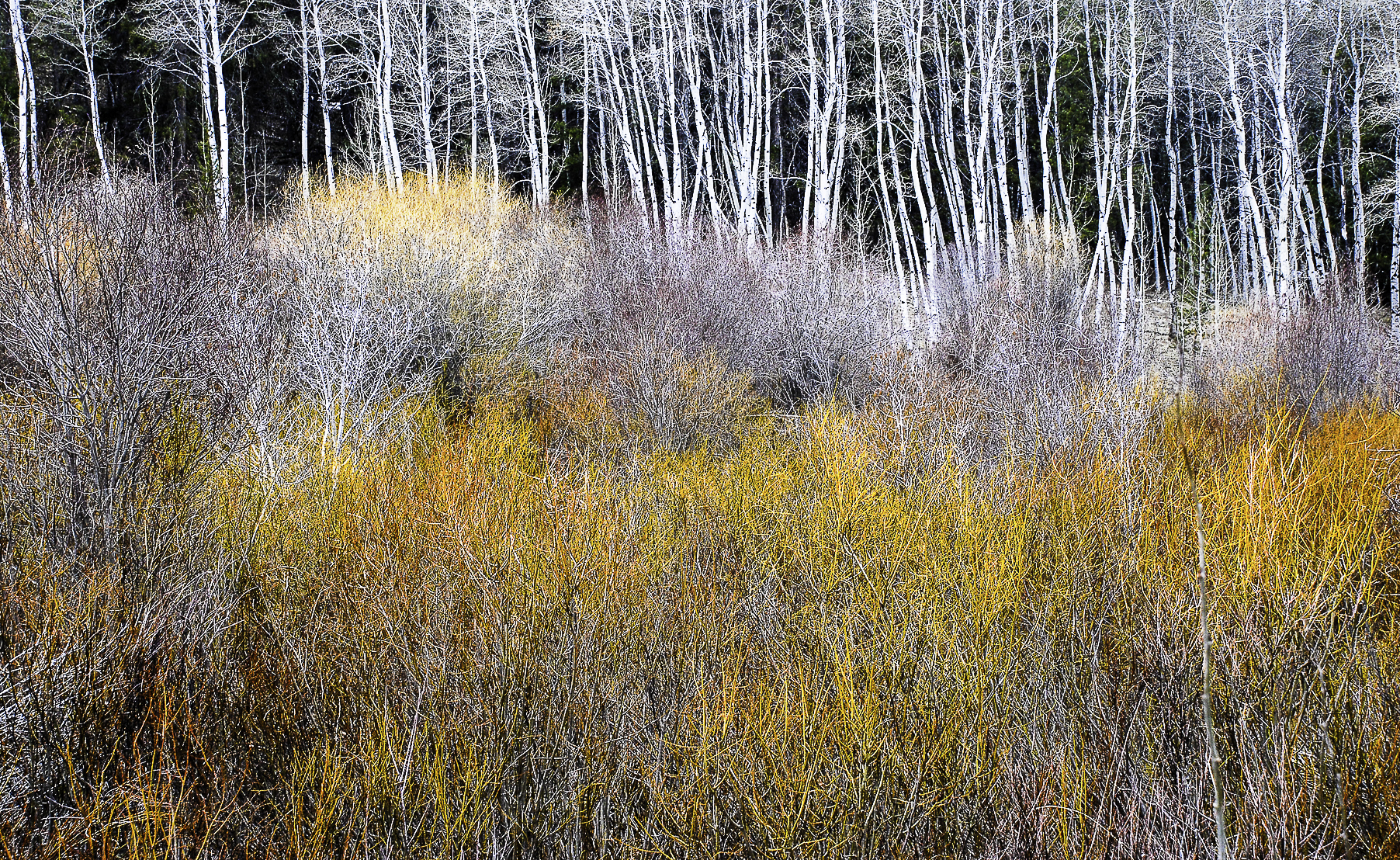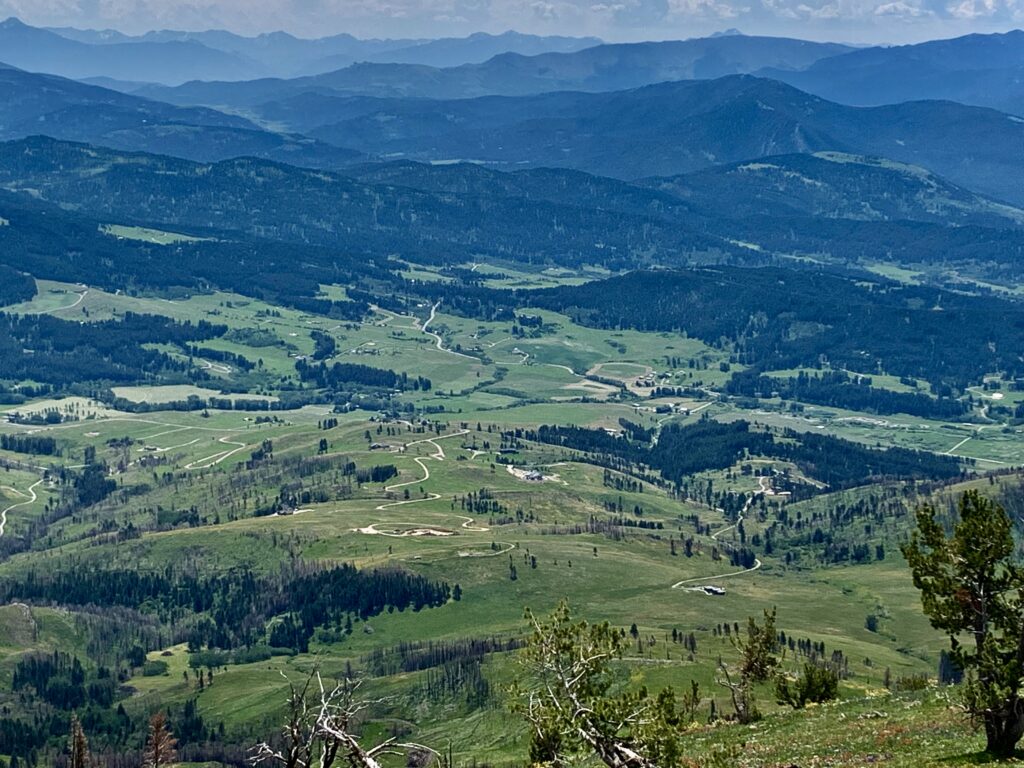
My long-standing habit of taking a sketchbook, writing tools, and camera nearly every time I go outdoors have resulted in piles of paper, gigabytes of photo files, and drawers full of paintings.
I have come to understand that my primary purpose for keeping these collections is to remind myself to be grateful for the privilege of living in the Greater Yellowstone region, and the scrolling, ever-changing procession of its seasons.
While it would be impossible to post much of the voluminous record I keep, I can share small meditations on things that catch my notice as I’m wandering, strolling, hiking, and resting in the forests around my home. These are what I call moments of grace, a naturalist’s equivalent of the theological definition: “the freely given, unmerited favor and love of God.”
The wild world also gives freely, to those eager to accept and those who are oblivious, until that one encounter stops them, and they notice. Such moments fill me with joy that pours into me as if from an unexpectedly sweet breath of wind. You might say I become Yellowstoned.
My house is within walking distance of Wyoming’s Gros Ventre Wilderness, but I spend more time in the nearby foothills than within its boundaries. I spend even more time in my garden or on short dog walks on abandoned roads and non-trailed ridges. Regardless of distance from home, I never fail to find enchantment, whether in watching a bold, building cumulus or a brightly colored beetle.
Singly and collectively, my moments of grace in the wilds connect me with something greater than myself. They are the thread along which my life is strung. And they remind me the wild does not ask for love alone but for commitment to action.
Hope lies in the knowledge that remnants of the untrammeled earth persist. Each is precious. Each deserves notice, admiration, and love. And each needs our attention and care, perhaps now more than ever.
Wild places like national parks and forests are more than a commons for exercise, sports, and socializing. We consider them to belong to all citizens, as entrance signs urge us to “enjoy and protect your public lands.” In reality, the land belongs to itself. We choose whether and how we will belong to it.
The degree to which we belong to the land, rather than simply to residing here and using it for our commerce or entertainment, depends on our degree of reverence, and our willingness to share it with the myriad other living beings that depend upon it. And to stand against those forces that seek to take it away.
If it’s true that we will only defend that which we love, it must also be true that we only love that which we are willing to defend.
Renewing one’s love of wild country as often as possible by actually being there keeps the flame alive, counteracting the discouraging bombardment of daily news. By sharing some of my encounters with familiar—yet often overlooked—examples of what is wild in our local surroundings I hope to inspire others to seek out their own moments of grace. Together we shall keep the flame.
So now it is April: Known by some, including the poet T.S. Eliot, as the cruelest month*; known by Yellowstonians as Mud Season. Besides also being the month that holds Earth Day, this is time to head for sunburn-land in the desert where we walk in shorts on red-rock trails in canyon country, exposing our legs to the open air for the first time in months.
Back at home, storms and squalls erupt between periods of warm sunshine. You set out for a bike ride on a mild morning and return under a headwind, plastered with snow. During this month of transition, you never know what you might find. But the season progresses. The migratory birds return while ground squirrels and bears come out of hibernation. We emerge from a kind of hibernation of our own.
Who is not thrilled to see mountain bluebirds as they flit over dry grass and dormant shrubs like little flecks of sky? One year a female mountain lion and her cubs spent several weeks among the rocks on Miller Butte in the National Elk Refuge. Refuge staff had to delegate a large parking area for “mountain lion viewing.” Beyond the phalanx of long lenses (yes, it was wonderful to watch the cubs playing and trying to catch rosy finches), my husband and I kept our binocs focused on the sagebrush. It was the first bluebird we hoped to see.
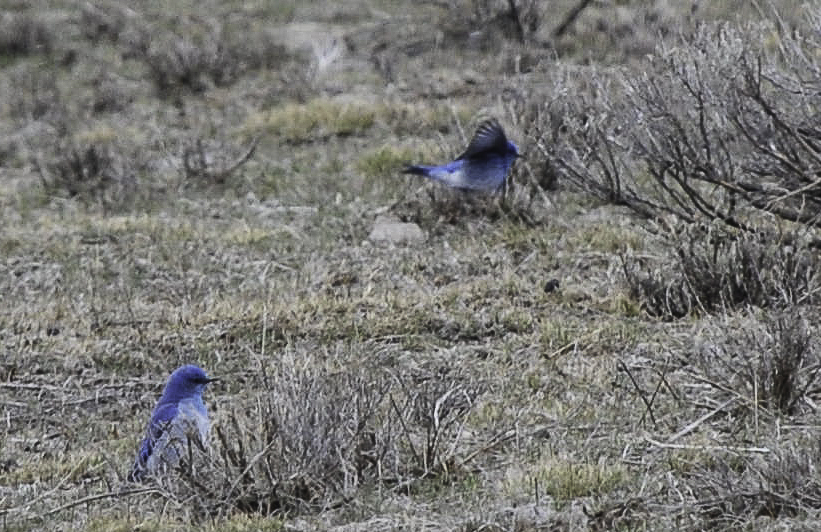
Open lands bare off before the deep forest does. Here snow persists on north-facing slopes. Eventually the warming air prevails, and you might find a little ice sculpture precariously hanging from a branch. Its ephemeral beauty captures you long enough to admire or take a photo, knowing that it will soon be gone.
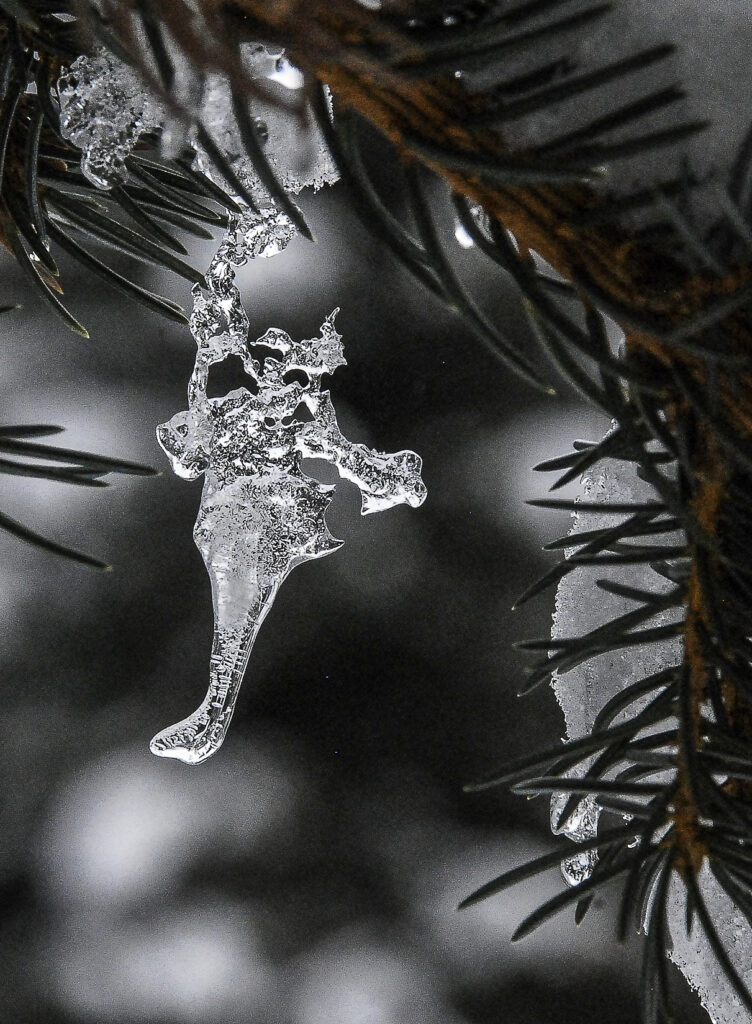
Willows that bloom before the leaves come on will have bulging white catkins by now, while other species remain bare. But the juices are flowing as they emerge from dormancy and sometimes the colors in the stems are as vivid as those of autumn leaves.
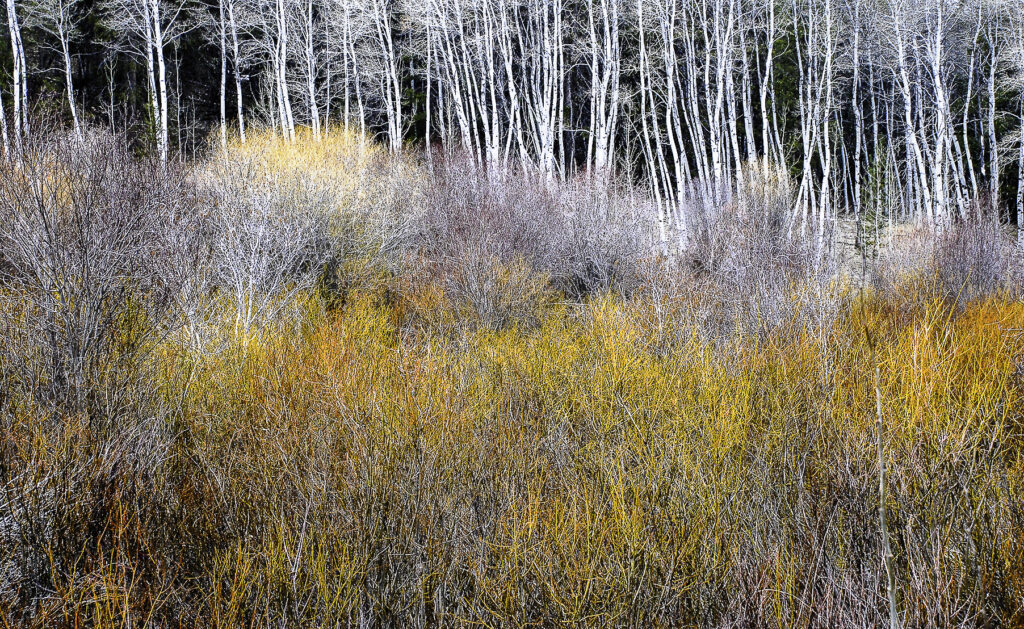
Dedicated botanizers know where to look for the first flowers of spring. Sometimes by April a few blooms can be found at home. Seeing one of my favorite species for the first time in the spring, I greet an old friend.
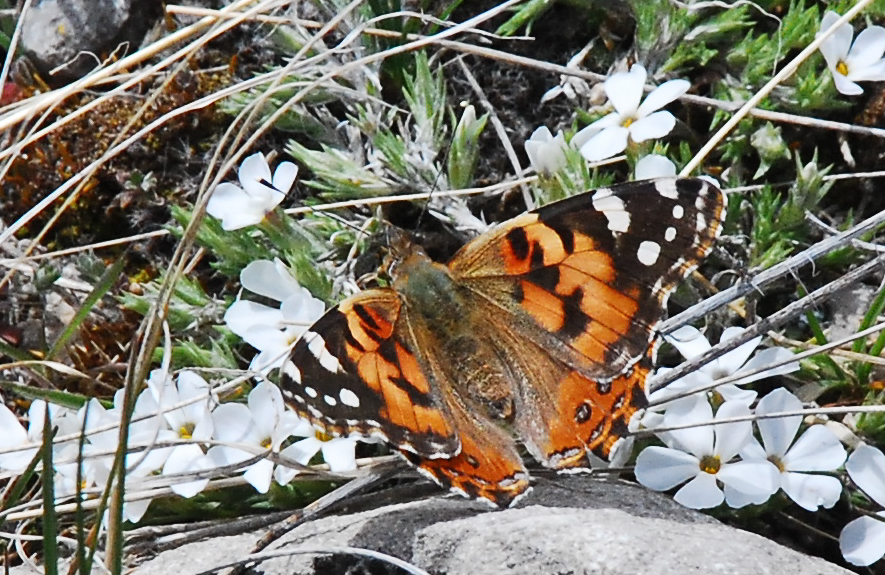
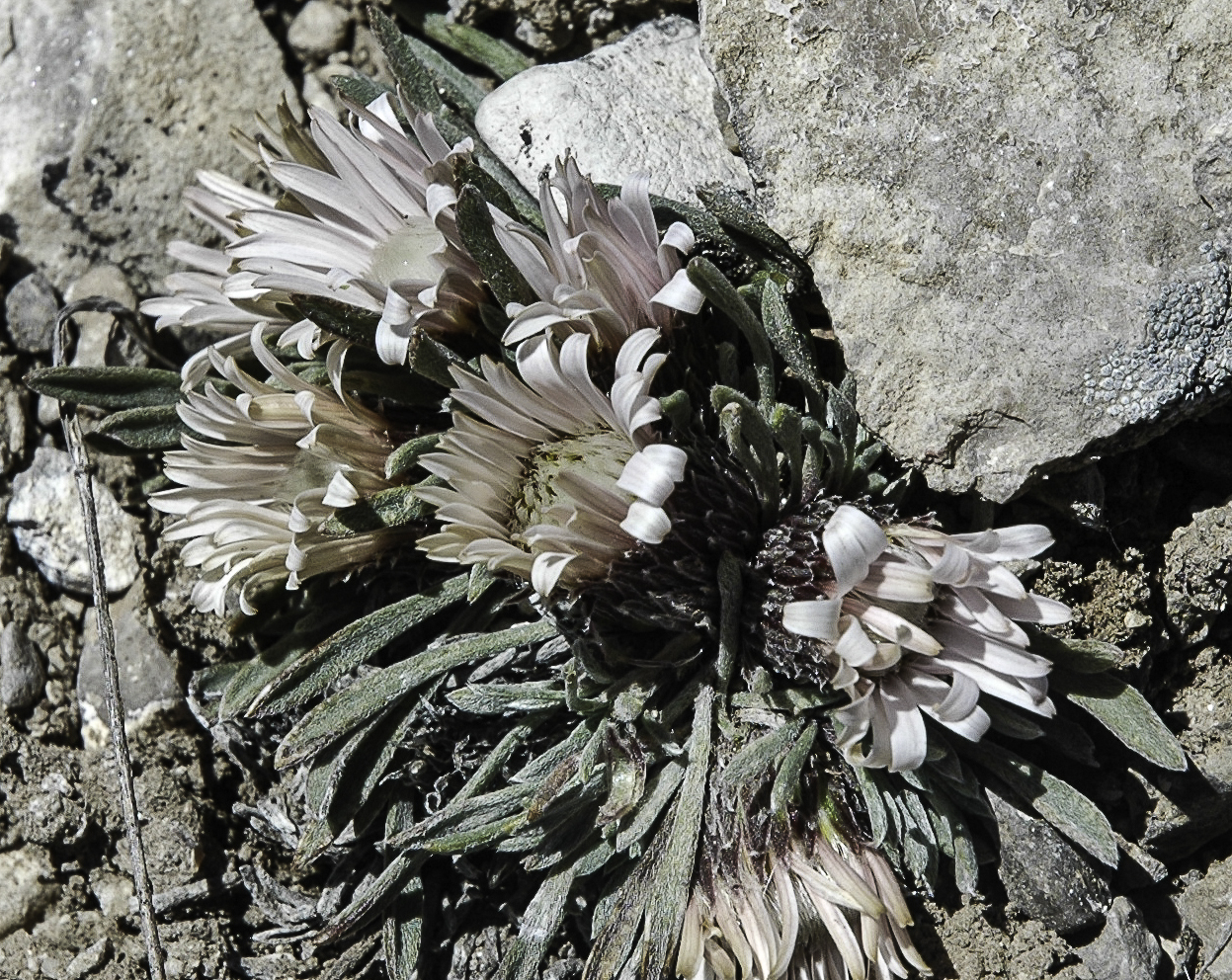
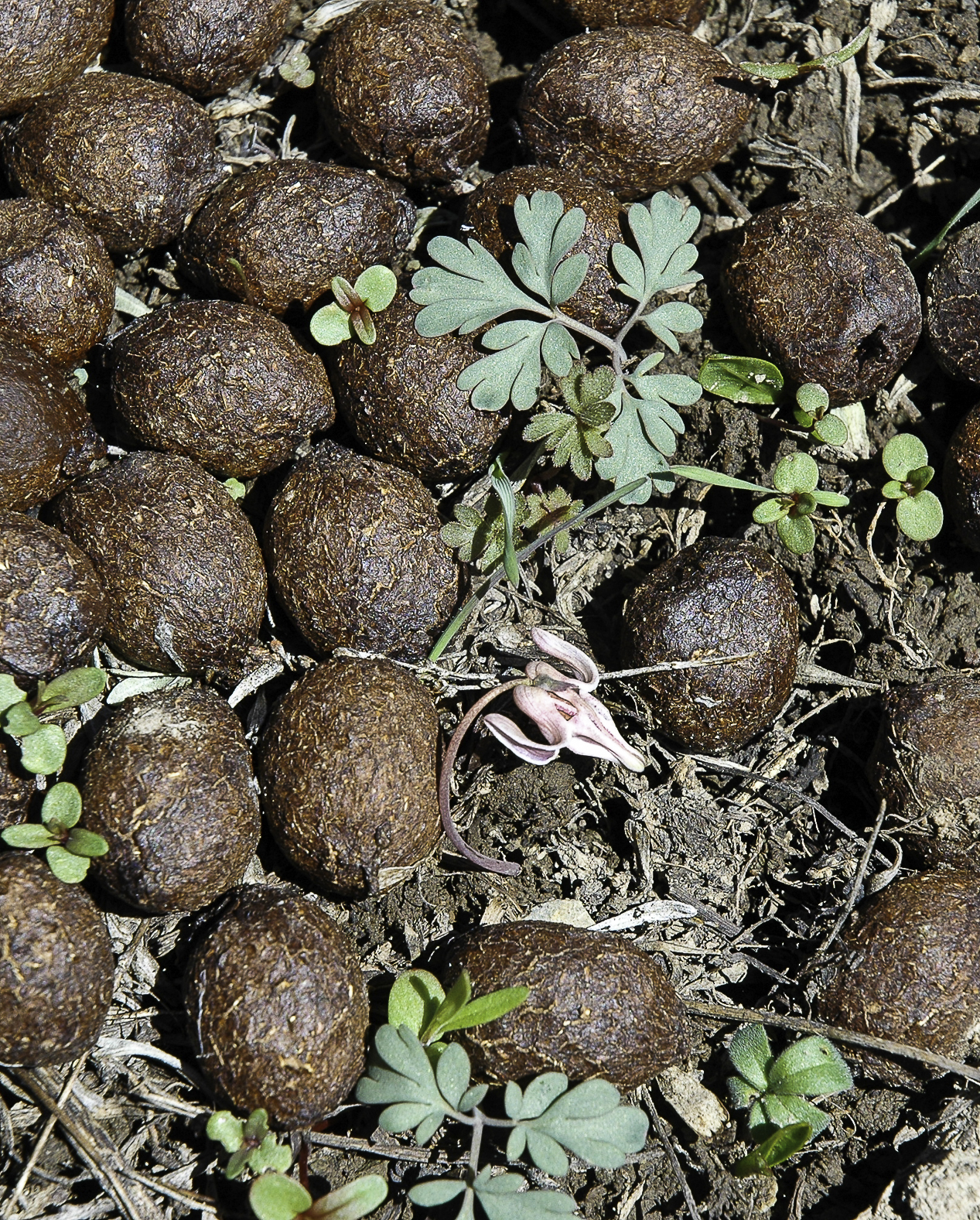
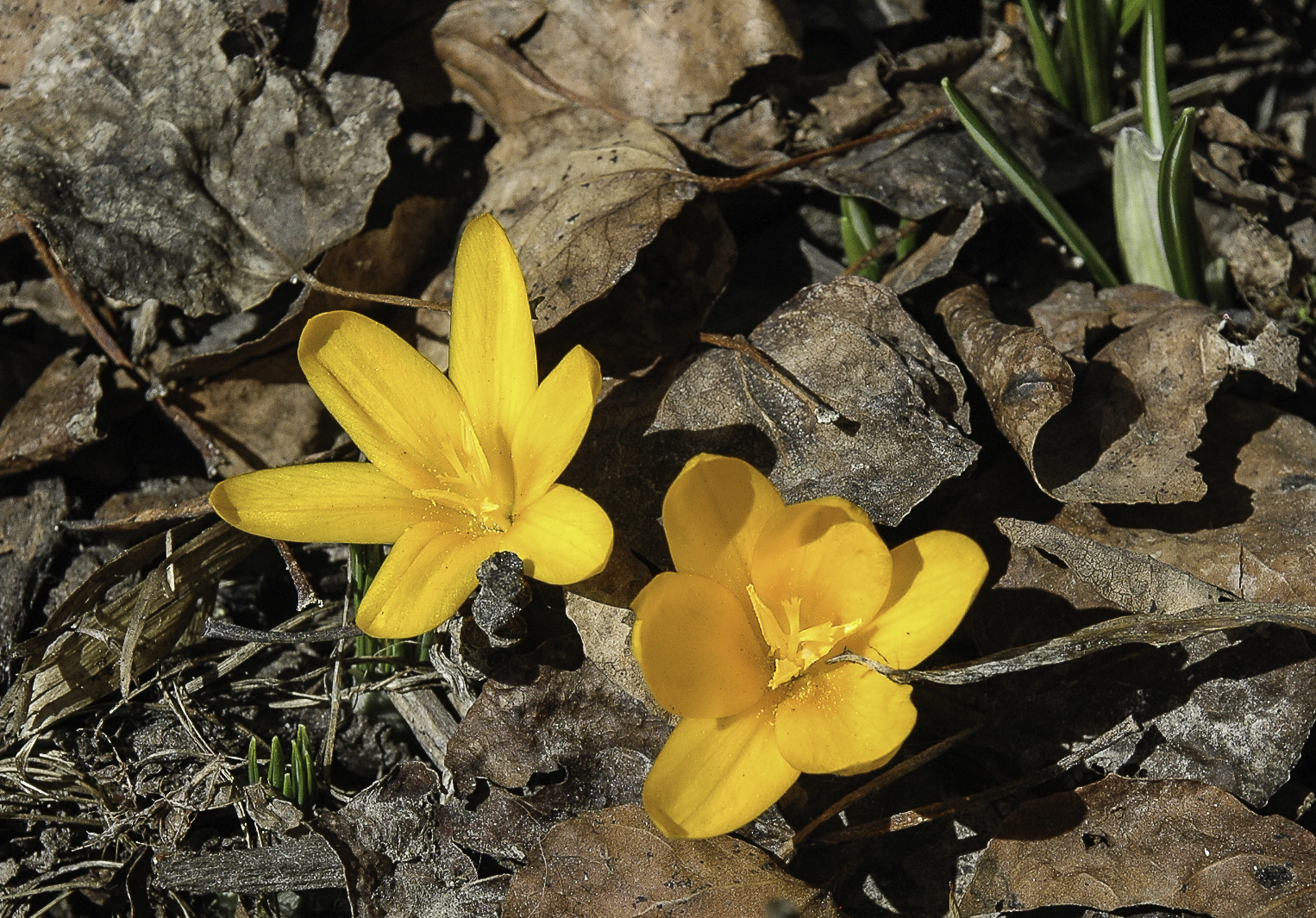
*See T.S. Eliot’s The Waste Land, I. The Burial of the Dead. A few lines below his famous note about cruel April, there is another lesser-known line: In the mountains, there you feel free.
Subscribe
Never miss a story, subscribe to our newsletter!

